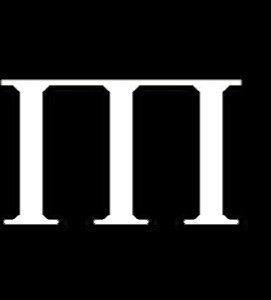Academy trust internal scrutiny.
Assurance and review engagements that constitute internal scrutiny as required by the ESFA’s Academy Trust Handbook, for single and multi-academy trusts.
Design and execution of bespoke audit testing or more rigid, compliance-driven work programmes, carried out by an audit professional with over a decade of experience in assurance provision to academy trusts.
Scopes can be created, and testing executed remotely or on-site. A report is produced outlining the work performed and highlighting instances where controls broke down or where there was non-adherence with established policies or procedures, along with detailed and practical recommendations to resolve deficiencies or enhance the strength of the control environment.
Possible areas of focus for reviews include:
Core financial controls | a review of the implementation and effectiveness of key controls in core financial areas, on a school or trust level.
Academy Trust Handbook compliance | a review of a trust’s compliance with ‘must’ and best practice requirements set out in the Handbook.
Financial oversight, budgeting and forecasting | a review of the format of management accounts and consideration of the quality (timeliness, accuracy, relevance) of financial data presented to trustees. Exploration of the reasonability of budgets and forecasts and the extent to which assumptions underlying them are prudent.
Related party transactions | review of the adequacy and effectiveness of controls around potential conflicts, policies on declarations of interest, and the extent to which staff and trustees engage with these. Consideration of the likelihood that related party transactions are identified and disclosed where appropriate, and that required reports of transactions are made to the ESFA in a timely manner.
Governance and risk management | high level trust-centred review around how effectively risk is identified, monitored and mitigated. Consideration of the way in which a trust is governed, with reference to best practice, the use of Subcommittees and delegated authority, the approaches taken by comparable trusts in the sector and the expectations of the regulator.
Payroll | a review of payroll related controls — the procedures for authorisation of amendments, sufficiency of review of payroll prior to payment, level of oversight by senior staff, controls around the procurement of agency and supply, and the adequacy of HR salary-related documentation.
Non-payroll expenditure | a review of the effectiveness of delegation of authority, the strength and suitability of controls around supplier payments and mitigation of fraudulent payment risk, the adequacy of procurement and tender procedures with reference to the Handbook and wider legislation and guidance.
Income streams | a review of the controls around collecting and recording income. In respect of non-funding income, assessment of the adequacy of controls in place to reduce the risk of misappropriation. For funding income, consideration of the regularity and adequacy of reconciliations, and the extent to which smaller funding streams in particular are recorded and the spend against them booked accurately.
Fixed assets | a review of the format, adequacy and observable accuracy of the fixed asset register kept for accounting purposes. Assessment of wider controls around physical security, monitoring for asset impairment, and estates management.
Other balance sheet accounting and funds | controls around cut-off and accurate recording of liabilities, reconciliations of key debtor and creditor balances, credit control and debtor recoverability. Assessment of the logic and accuracy underlying funds movements.
